The 7 Hells of Beppu: Everything You Need to Know [2024]
/Visiting the 7 Hells of Beppu? Here’s a guide on which ones are worth visiting, how to get there and how much the entrance fees for visiting are. A complete guide to the Hells of Beppu.
Beppu onsens, the Hells of Beppu, Beppu Ropeway, Beppu sand baths, Beppu tower… for a seemingly ‘under the radar’ town, there’s actually so many things to do in Beppu!
I would describe Beppu as the “onsen Las Vegas” of Japan, with its endless onsens resorts and kitschy establishments (I’m looking at you, Beppu amusement parks). However, we still highly enjoyed our 3-day stay in Beppu soaking in onsens and visiting its numerous attractions.
7 min read
The 7 Hells of Beppu is one of Beppu’s most famous attractions
The hells (‘jigoku’ in Japanese) of Beppu are seven hot springs (‘onsens’) for public viewing. These hot springs are not open for bathing, but have rather become a sort of pilgrimage route for tourists visiting the onsen resort town of Beppu.
CONTENTS
Kannawa District
Shibaseki District
Reading reviews on the internet, it became clear to us that same of the hells were more aesthetic than others, while some were just plain tacky. We tossed up visiting only some of the hells, but then decided we would go to all 7 hells. Thus, we thought it would only be fair to assess them individually and tell you guys if each one is worth going to!
Are the 7 Hells of Beppu worth visiting?
This is our honest, unfiltered opinion of each of the 7 hells. We judged each hell on its:
visual aesthetics
value add-ons (i.e. if the area surrounding the hell had anything worth seeing)
overall amusement level
We investigated each hell for you! 7 Hells of Beppu, Japan
PS: There are actually two additional ‘jigoku’, bringing the total to 9 hells. The first additional hell is Yama Jigoku, a mountain hot spring gushing out hot clay mud and steam. The hot springs also have hippopotamuses, monkeys and flamingos in the area.
The second additional hell is Kinryu Jigoku, where a supposedly a Golden Dragon exists to protect the spewing steam of the hot springs. However, they weren’t part of our package ticket to see ‘all the hells’, so we didn’t include them in our ratings.
How to get to the Hells of Beppu
By Plane
The 7 Hells of Beppu are located on Kyushu Island, Japan. The closest airport you can fly into to get to Beppu is Oita Airport. You can also fly into other airports in Kyushu such as Miyazaki, Fukuoka or Kagoshima Airport. Booking flights with the cheapest prices using Skyscanner really helped us plan! Skyscanner compiles flight prices from other websites to show you which is the cheapest. Handy.
By Train
You can also easily get to Beppu from nearby cities such as Fukuoka, Oita and Nobeoka using the train by reaching JR Beppu Station.
If you’re touring Kyushu, a good onward destination after you visit Beppu is Takachiho Gorge. You can take a train to Nobeoka and catch a bus from Nobeoka to Takachiho Gorge.
An easy day trip option from Beppu is visiting the nearby town of Yufuin. To visit Yufuin, all you have to do is travel from Beppu Station to Yufuin Station on the train. There are also buses that run between the two stations. For more information, make sure you visit the Information counter at Beppu Station for the latest and most up to date bus schedules.
Five hells (Umi, Oniishibozu, Kamado, Oniyama and Shiraike Jigoku) are located in the Kannawa district. You can easily access these hells by buses from JR Beppu Station in about 15 minutes. Take bus numbers 5, 7 or 9 to reach Kannawa. Buses depart quite frequently. For a full schedule and other bus lines visiting Kannawa, visit the JR Information Office.
From Kannawa, you can reach all 5 hells in the Kannawa district easily by walking on foot.
To get to the other two hells (Chinoike and Tatsumaki Jigoku), you can take bus number 16/16A from Kannawa to the Shibaseki area. The bus runs twice per hour and the journey is about 5 minutes. Bus number 26/26A will take you back to Kannawa bus station.
By Tour
Umi Jigoku, one of the 7 Hells of Beppu
Going on a guided tour can be a really convenient and hassle-free way to see the Hells, and I would recommend to those who don’t have a lot of time to explore and want to see the highlights in the easiest way. Here are is an option for you that we would recommend.
Beppu Half-Day Tour - On this private tour, you’ll get around 4.5 hours to explore Beppu and its hells. Enjoy the pretty Umi Jigoku and Kamado Jigoku, as well as Jigokumushi - a unique dining experience that lets you cook food using thermal steam.
Practical Information about the Hells of Beppu
Admission
Walk up to the front counter of any of the hells. The entry fee for one hell is 400 yen, or 2000 yen for all seven hells. This pass allows you to visit the hells on 2 consecutive days. When we purchased our passes, we got a discount and paid 3600 Yen because we were buying two tickets.
I’m not quite sure what discounts and deals exist, but it’s worth asking. The front information counter of any of the ‘hells’ will let you know if there are any discounts that are applicable for you.
Hours
The hells are open from 8am to 5pm. There are no closing days.
Where to stay in Beppu
With a plethora of Onsens to choose from, it can be overwhelming whittling your accommodation choices down in Beppu. We stayed at the Yamada Bessou, and we couldn’t really speak more highly of it.
Our Japanese-style room was immaculately decorated. It also featured comfortable futons, a television and private bathroom. The hotel grounds also featured their own hot springs. Soaking in was a lovely way to relax after a long day.
Ready to stay at the hotels in Beppu? Check these out…
Budget: J-Hoppers Beppu Guesthouse
Japan isn’t the cheapest place to visit, and that’s why J-Hoppers Beppu Guesthouse is a great property to stay in. It may not be the most visually striking property out there, but it more than makes up for in sheer affordability and convenience.
Take a closer look at J-Hoppers Beppu Guesthouse by clicking here.
Mid-Range: Seaside Hotel Mimatsu Ooetei
Most people come to Beppu to stay at a Ryokan, and the Seaside Hotel Mimatsu Ooetei is a great option for those who want to have this experience, without breaking the bank. Featuring gorgeous seaside views and traditional Japanese rooms, you will love staying here.
Take a closer look at Seaside Hotel Mimatsu Ooetei by clicking here.
Luxury: ANA InterContinental Beppu Resort & Spa, an IHG Hotel
This resort is completely stunning, and will be sure to please the luxury traveler. Featuring lavishly decorated rooms, amazing restaurants and views that will literally take your breath away, the ANA InterContinental Beppu Resort & Spa is one of Beppu’s best luxury hotels.
Take a closer look at the ANA InterContinental Beppu Resort & Spa, an IHG Hotel by clicking here.
Visiting the 7 Hells of Beppu
The Onsen Temple
Before visiting the hot springs, we visited the ‘Hot Spring Shrine’ right beside Umi Jigoku.
The Onsen Temple is in Beppu and a nice first stop before touring the 7 Hells of Beppu
The Onsen Temple was a peaceful stop in Beppu
This was a nice, peaceful stop before we embarked on our tour of the 7 Hells of Beppu.
Kannawa District
1. Umi Jigoku
English Translation: Sea Hell
Umi Jigoku is a picturesque hell that features a pond of bright, milk-like blue water. Umi Jigoku’s grounds are quite large. On the way in, you’ll see a green pond. As you walk further along, you’ll also notice several red Torii gates behind the blue pond.
You’ll see a green pond as you walk through to Umi Jigoku
Umi Jigoku was one of the more scenic hells of Beppu
There are also other orange coloured hells, which was a nice bonus to the complex.
Umi Jigoku from up above, Seven Hells of Beppu
Red torii gates at Umi Jigoku, Beppu
The red torii gets were a nice add-on to Umi Jigoku
Umi Jigoku featured other ponds as well
Verdict: We definitely thought this was one of, if not the most aesthetic hell out of all the hells. The bright blue milky water is really photogenic, and watching the mighty steam rise up was a sight to behold.
Rating: 9/10
2. Oniishibozu Jigoku
English Translation: Shaven Head Hell
Oniishibozu Jigoku was a unique hell. Instead of one large pond, this jigoku featured a series of smaller, grey mud bubbles. From these ponds, the boiling mud forms into a pool that looks like the shaven heads of monks (that’s what legend says, anyway).
Oniishibozu Jigoku was one of the more interesting hells
Lava rocks at Oniishibozu Jigoku
There’s also a section where lava rocks are on display. The complex also features a foot bath.
The circular marks at Oniishibozu Jigoku are supposed to resemble shaven monk heads
Verdict: This Jigoku was for sure one of the more interesting ones. It was cool seeing the mud bubbles form and create circles. We enjoyed it, although it wasn’t one of the more aesthetic hells.
Rating: 7/10
3. Kamado Jigoku
English Translation: Cooking Pot Hell
Kamado Jigoku features multiple hot spring ponds, as well as a large demon statue. Some of the ponds are blue, some are green, and some are red. Kamado Jigoku was like the all-in-one variety show of the Seven Hells of Beppu. It was almost like a food platter that contained samples of all the other hells.
The blue pond at Kamado Jigoku, Beppu
Other mud ponds at Kamado Jigoku, Beppu
The blue pond at Kamado Jigoku was one of the nicer hot springs
Some of the hells were more attractive than others, and some looked a bit unmaintained. We enjoyed the bright blue pool, although we still thought Umi Jigoku’s milky blue water was more appealing.
Orange pond at Kamado Jigoku, Beppu
Verdict: Although Kamado Jigoku offers a lot of variety, there wasn’t one pool that was a ‘must see’. Metaphorically speaking, it was a food platter that was rather bland tasting. Still, it was still enjoyable touring these smaller hells and seeing a range of different onsens.
Rating: 6/10
4. Oniyama Jigoku
English Translation: Crocodile Hell/Demon Hill Hell
Oniyama Jigoku is a hell that features a very powerful pond – the force of the steam at this spring can reportedly pull train cars (!!).
It was hard to see the pond at Oniyama Jigoku, Beppu, because of the powerful steam
Oniyama Jigoku was home to many crocodiles
Oniyama Jigoku is also called Crocodile Hell
This jigoku, quite randomly, is also home to many crocodiles.
If you fear crocodiles, it may be best to give Crocodile Hell a miss
The colour of Oniyama Jigoku hell was an off-green
Verdict: The ‘powerful pond’ was not very aesthetic, as it was an off-green sort of colour. Furthermore, it was hard to even see the pond because the steam coming out of it was so ferocious that it would block our view of the hot springs.
We didn’t really enjoy the crocodiles at all. We couldn’t really see the logical connection between onsens and crocodiles, and found it to be a bit tacky and gimmicky. We also couldn’t help but think of the potential animal rights issues potentially at hand...(pretty sure there would be quite a few).
We will say that that this jigoku featured a nice little ‘museum’ area with some history about the hot springs.
Rating: 3/10, we would give this one a big miss.
5. Shiraike Jigoku
English Translation: White Pond Hell
Shiraike Jigoku is made of a milky, white colour. It also features a pretty garden with pink flowers.
Shiraike Jigoku’s white milky waters
We enjoyed the greenery around Shiraike Jigoku (White Pond Hell) in Beppu
There was also a tiny aquarium area that we also found to be a bit random, as it didn’t really add much to the attraction in any way.
Shiraike Jigoku (White Pond Hell) was definitely one of the better-looking ponds
Verdict: Shiarike Jigoku was absolutely one of the more aesthetically pleasing hells. The well-kept gardens and flowers were also a nice touch. We would recommend visiting this one.
Rating: 8/10
Shibaseki District
6. Chinoike Jigoku
English Translation: Blood Pond Hell
With a name like ‘blood pond hell’, you would be excused for avoiding this one. Thankfully, this pond’s colour doesn’t actually look like blood. Chinoike Jigoku’s colour is more like a soft milky orange hue. This hell also features a large souvenir shop – the only other one I can think of that had a large souvenir shop was Umi Jigoku.
Chinoike Jigoku, or Blood Pond Hell, is a big, orange pond
We enjoyed the spaciousness of Chinoike Jigoku in Beppu
There’s a nice little walk you can take uphill that gives you better views of Chinoike Jigoku.
If you walk uphill a little, you will reach this view of Chinoike Jigoku (Blood Pond Hell) in Beppu, Japan
Chinoike Jigoku is also home to a large souvenir store
Verdict: Chinoike Jigoku was one of the nicer hells. The pond was quite large, and the area in general was scenic with plenty of greenery around.
Rating: 8.5/10
7. Tatsumaki Jigoku
English Translation: Geyser Hell
Finally, Tatsumaki Jigoku or “Geyser Hell” or “Spout Hell” features a geyser that erupts every half hour for about 10 minutes. There’s really not much else to say about this one.
Tatsumaki Jigoku (Geyser Hell) featured a small, spouting geyser
Tatsumaki Jigoku’s geyser would erupt every 30 minutes or so
You can watch the geyser by taking a seat on the stands.
Verdict: The geyser was quite small. Once you get over the initial novelty of a spouting geyser for about the first minute, there’s not much to stick around for. We left after watching the geyser for about 2 minutes.
Rating: 2/10
Should I visit all 7 Hells of Beppu?
We’re going to be honest – visiting the 7 Hells was very hit and miss. If we could have redone our day, we might have just chosen our favourites, that being:
Umi Jigoku
Chinoike Jigoku
Shiraike Jigoku
Still, given that each jigoku costs 400 Yen to enter (hence, if you go to three, you’ll be paying 1200 Yen). You might as well just pay 2000 Yen for the complete experience, just so you can say you’ve visited all 7 Hells.
Umi Jigoku was our top pick out of the 7 Hells of Beppu
However, the choice is yours. We would say that Umi Jigoku is the only must see, with Chinoike and Shiraike Jigoku being at a level of ‘good to see if you’re in the area’. We weren’t vibing with Tatsumaki or Oniyama Jigoku at all. In saying that, there is something quintessentially Beppu about touring all 7 Hells that we wouldn’t have changed our experience overall.
How much time do I need to tour the Hells?
You’ll probably spend about 20-30 minutes at each hell. You might spend longer at some (for example, Umi Jigoku), but probably no longer than 45 minutes at one hell.
The whole tour, including transport time, takes about 5 hours. If you start your day at around 9am, you’ll likely be finished by 2pm.
We hope this guide has been useful in deciding which hells to visit and which to avoid. If you’ve decided to visit this destination, head to How to get to the Hells of Beppu to start planning your trip.





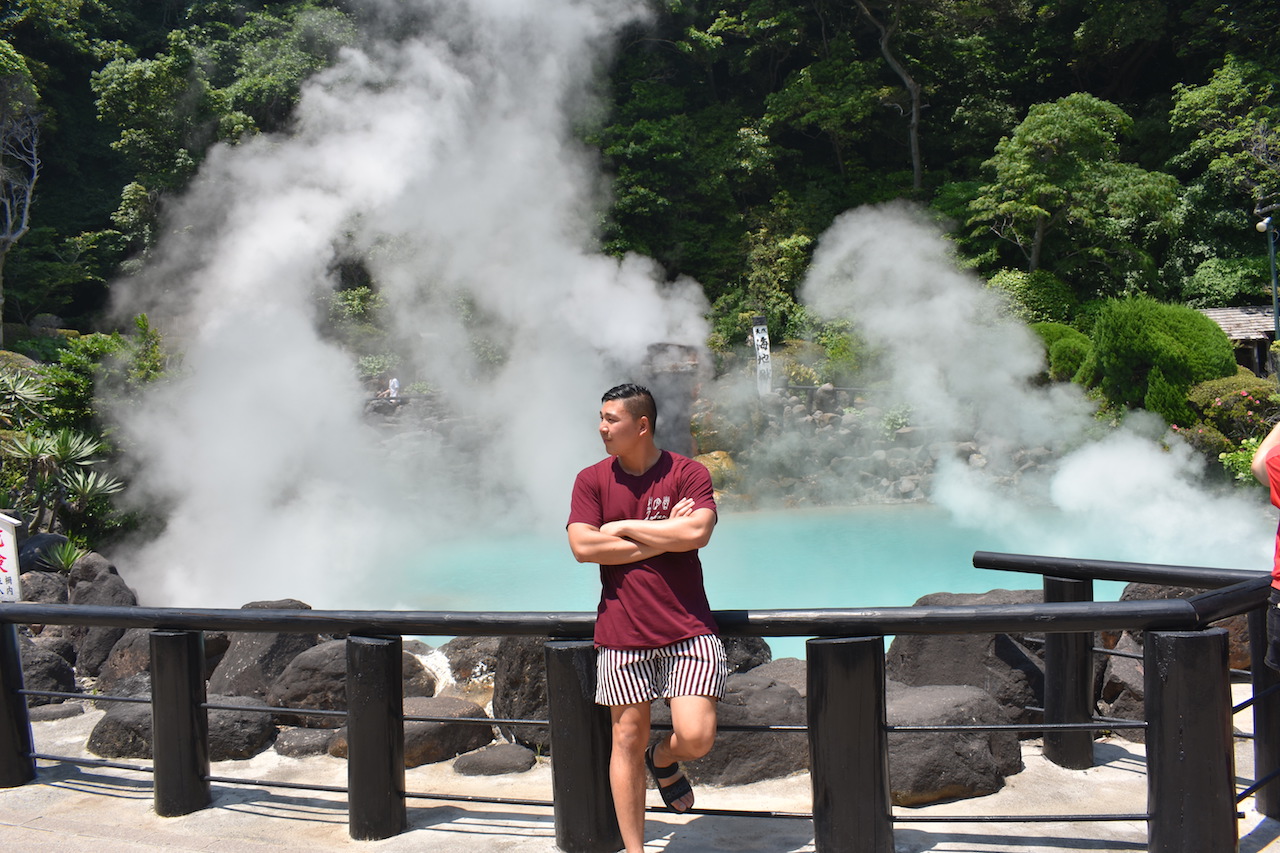
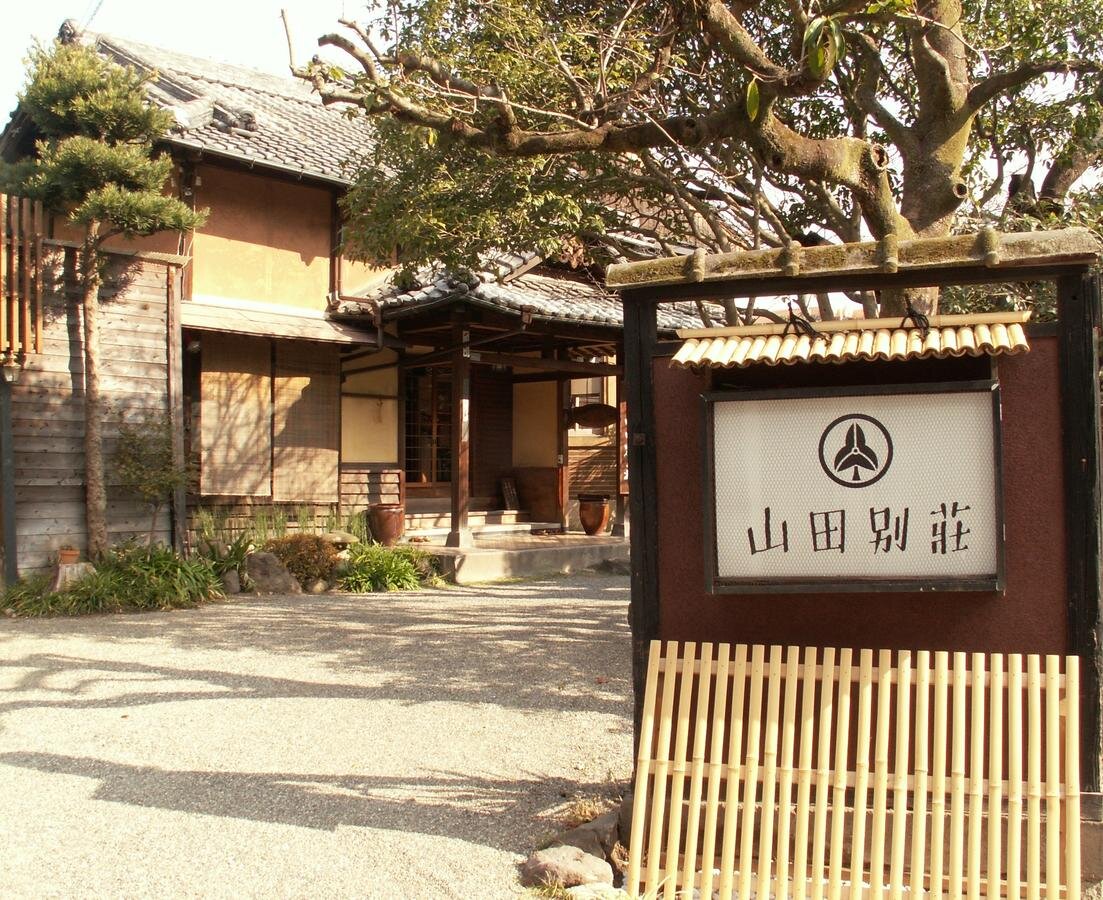
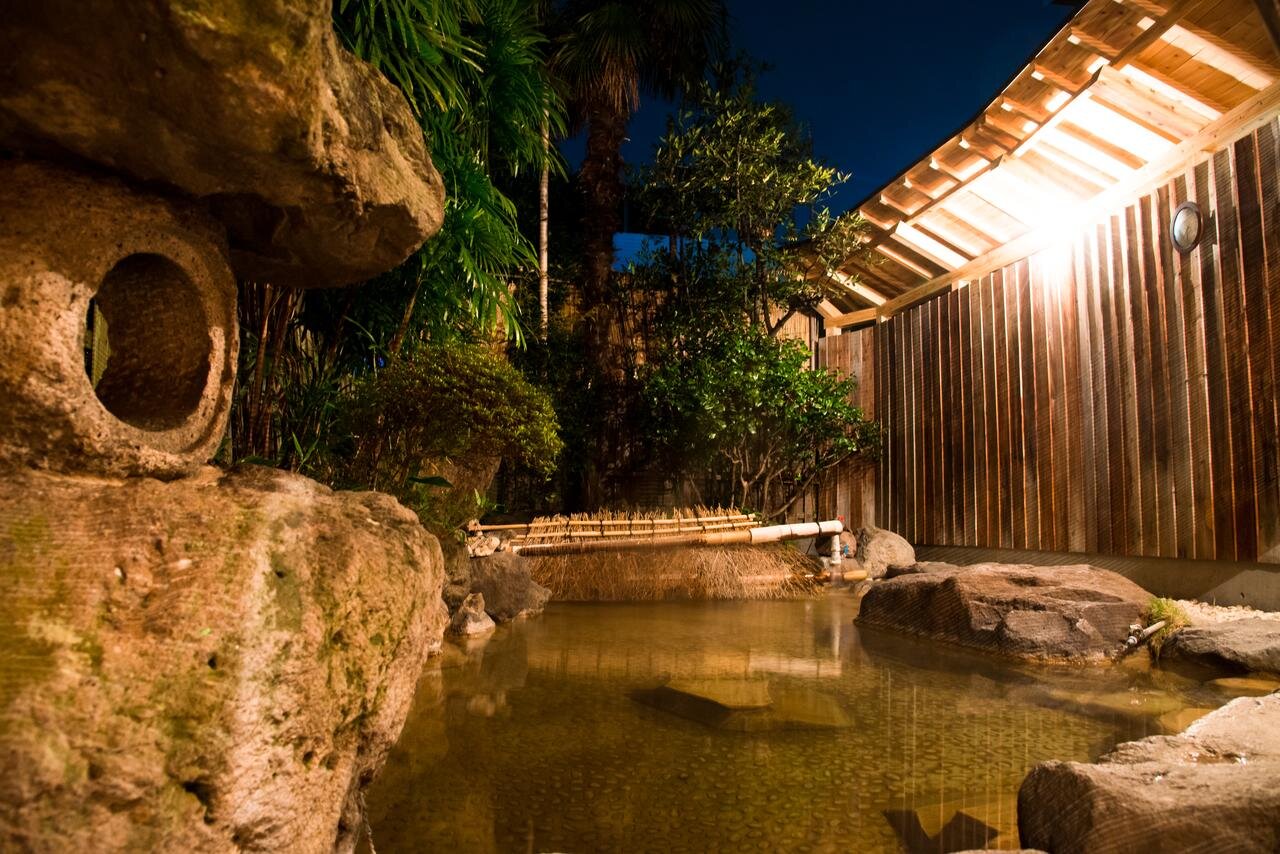
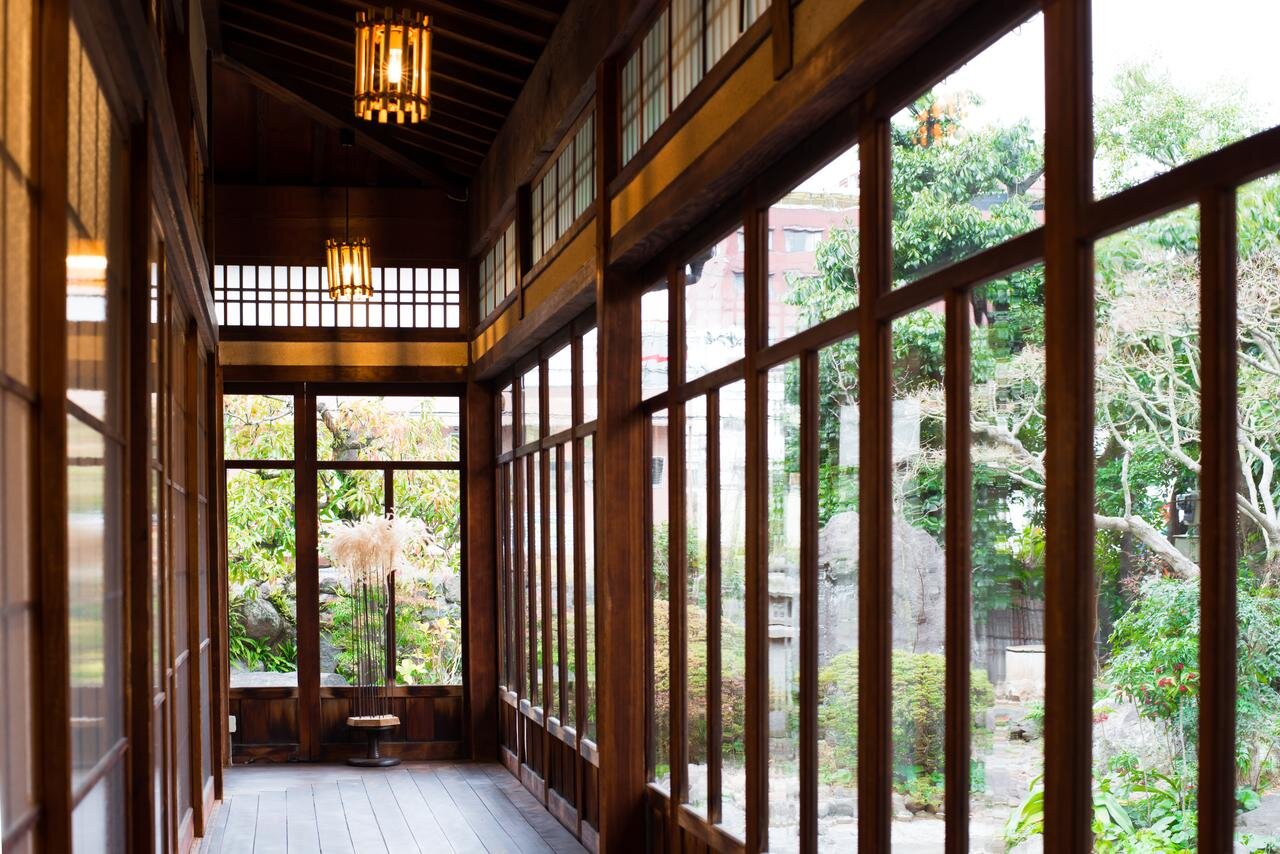
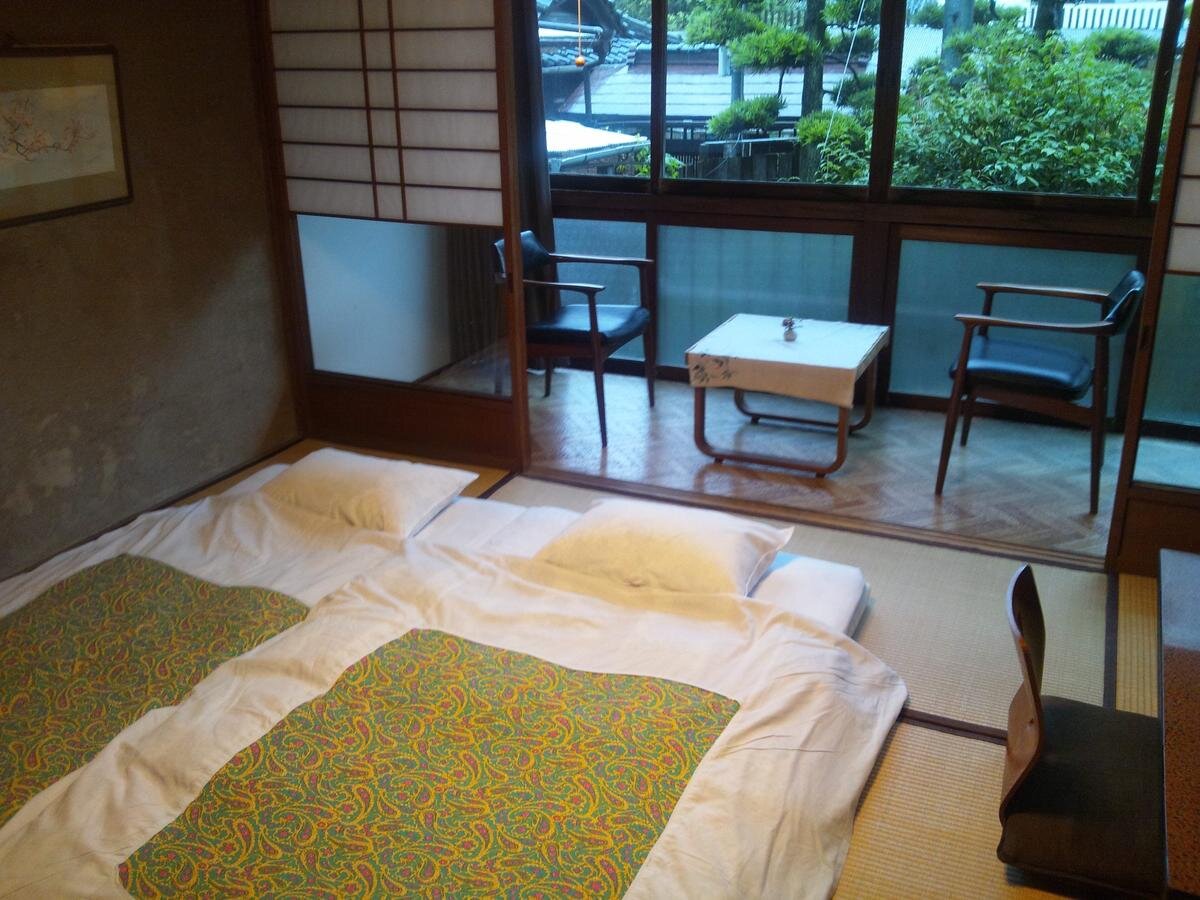
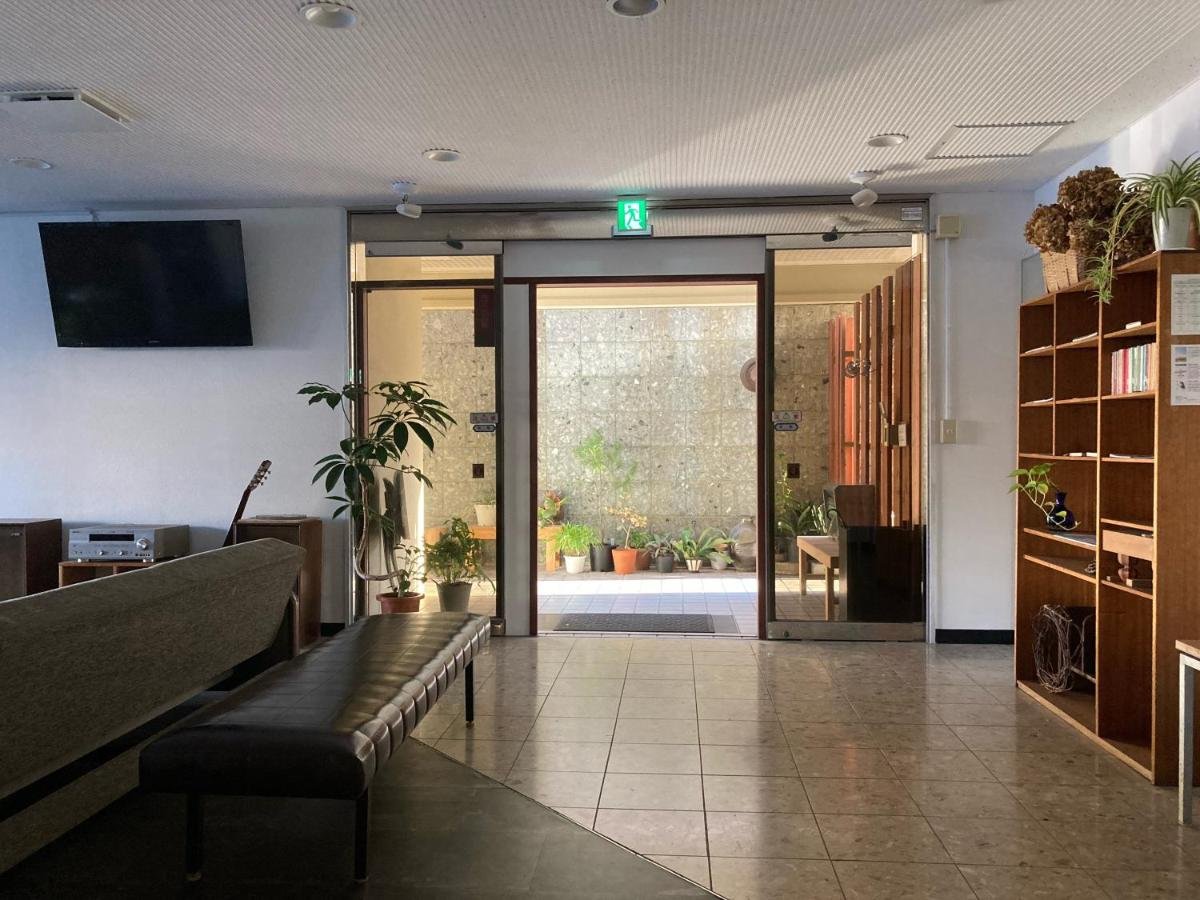

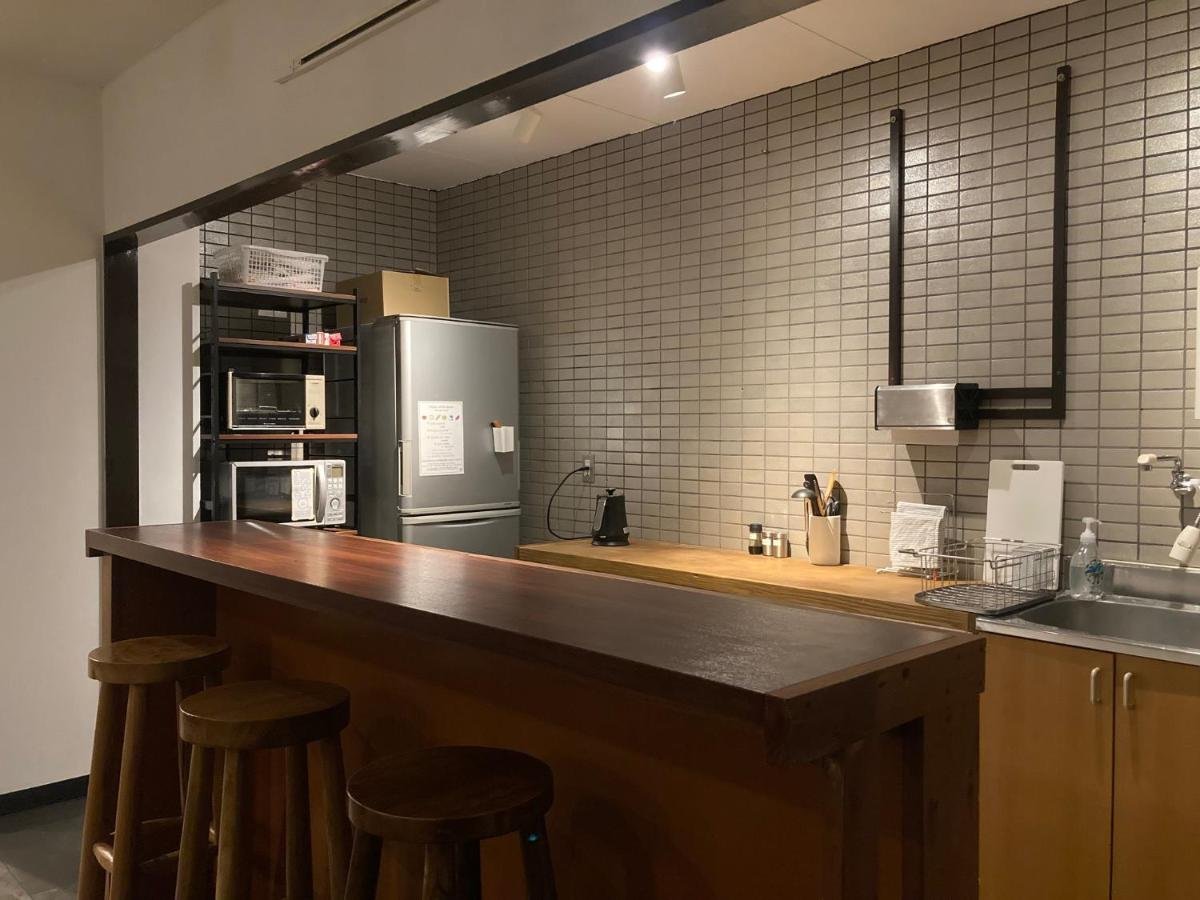









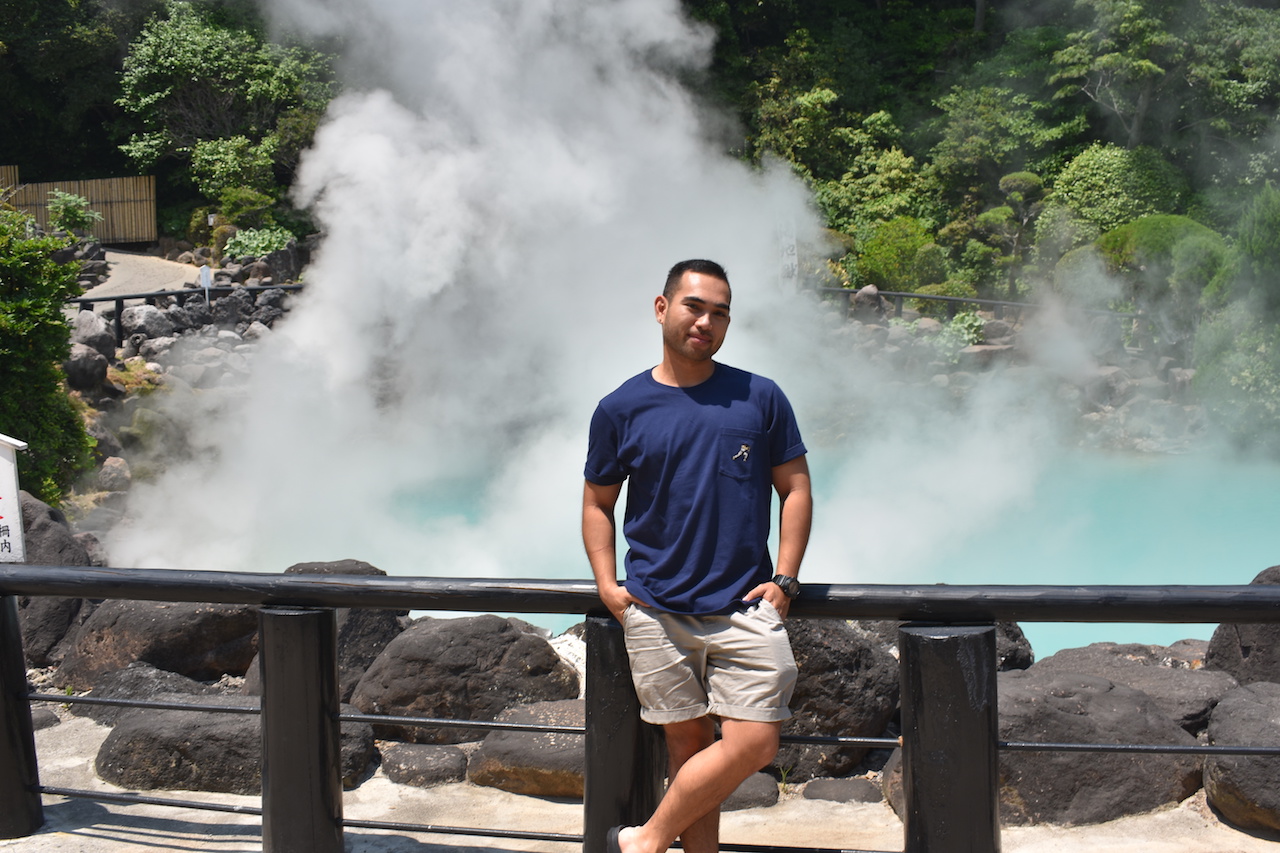

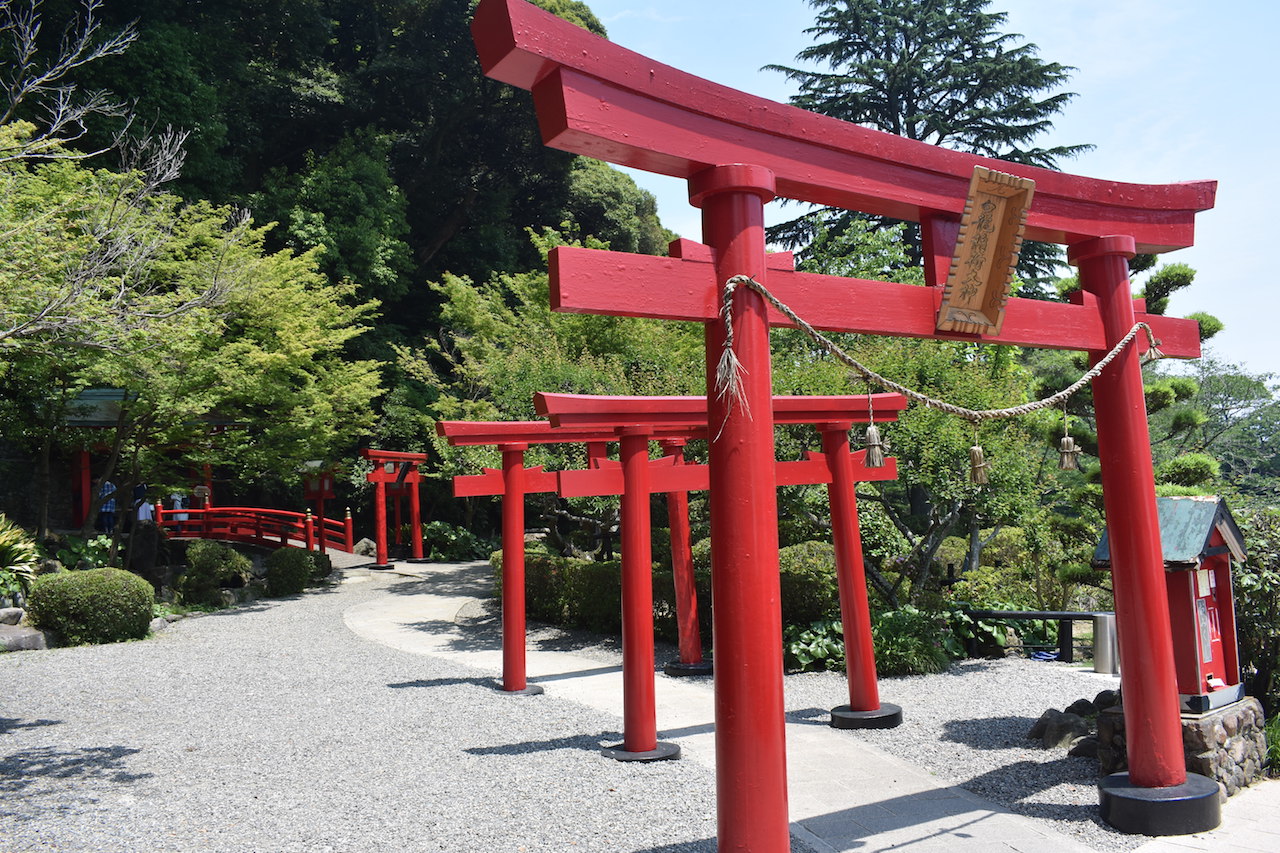
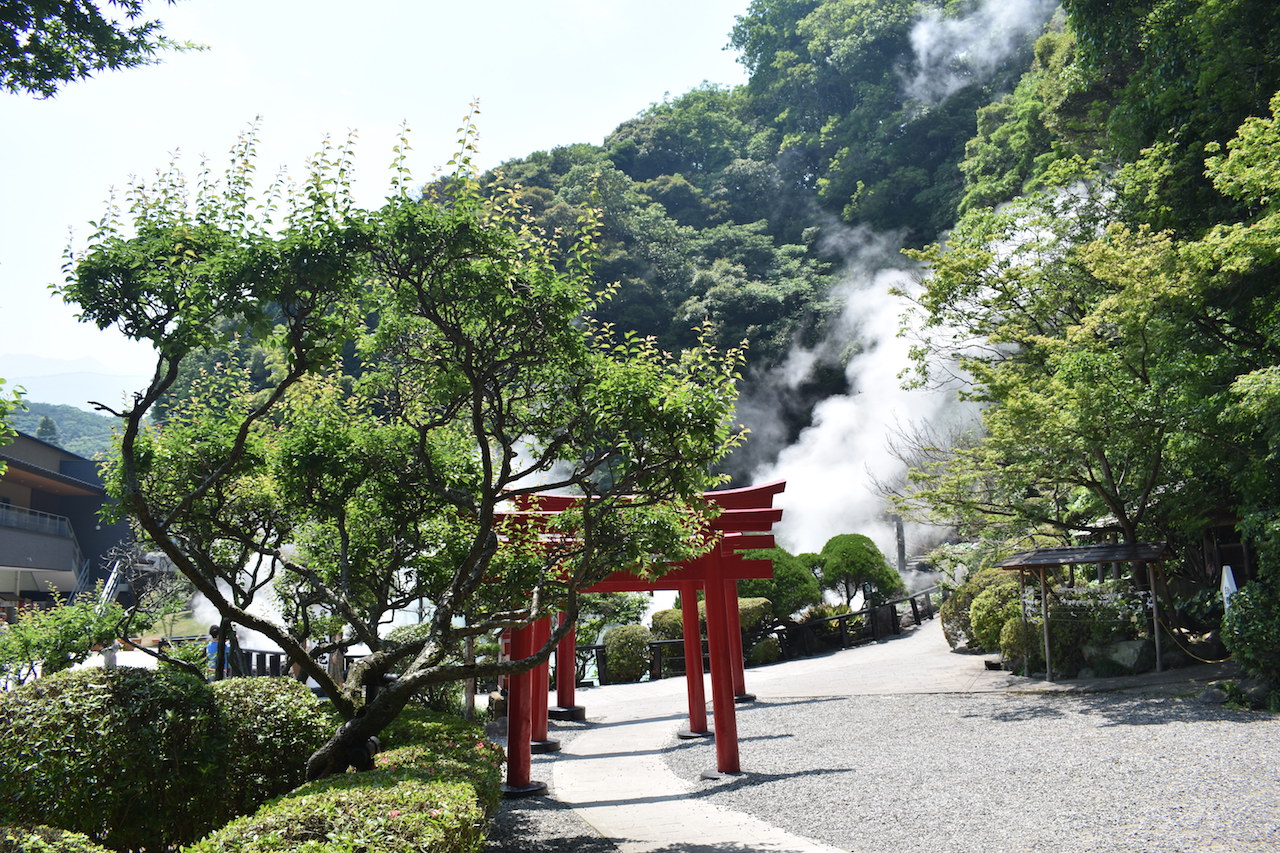






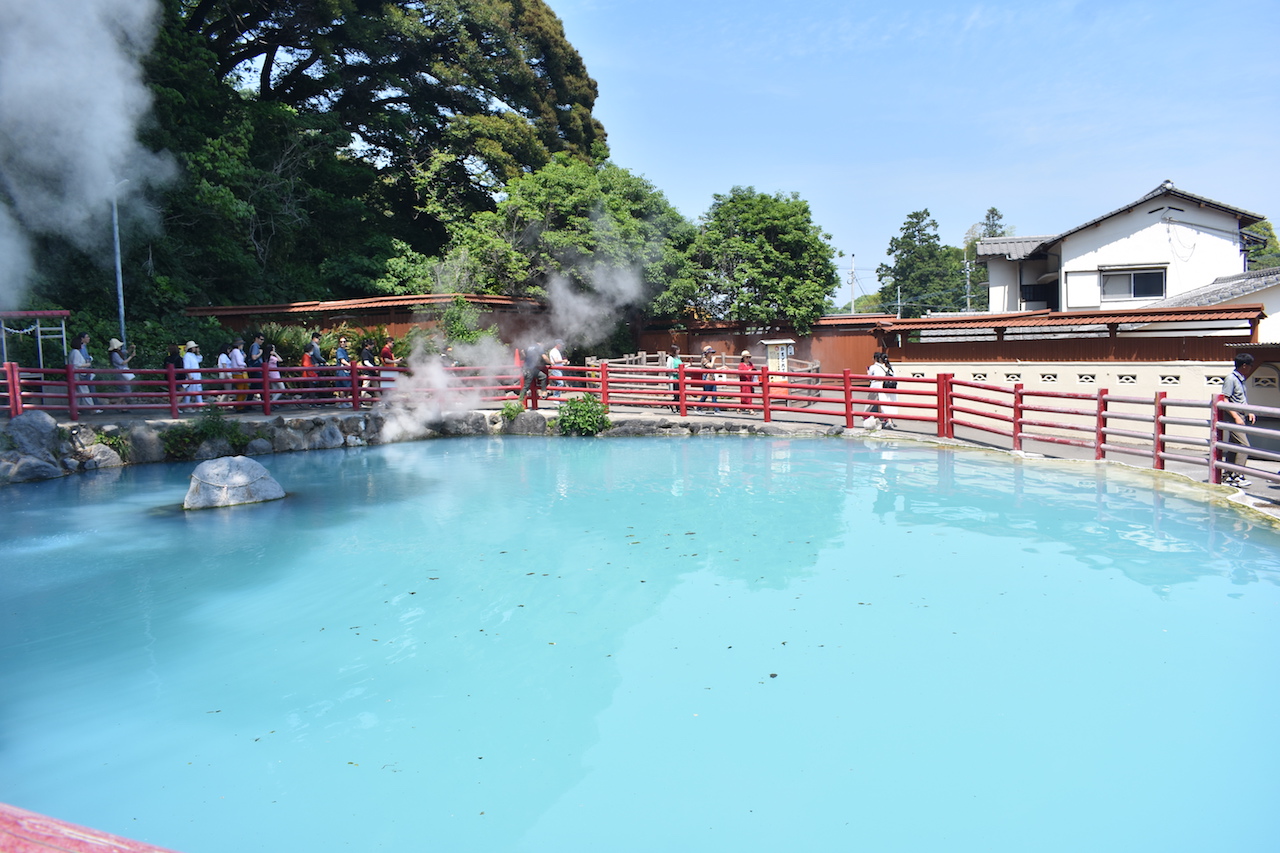
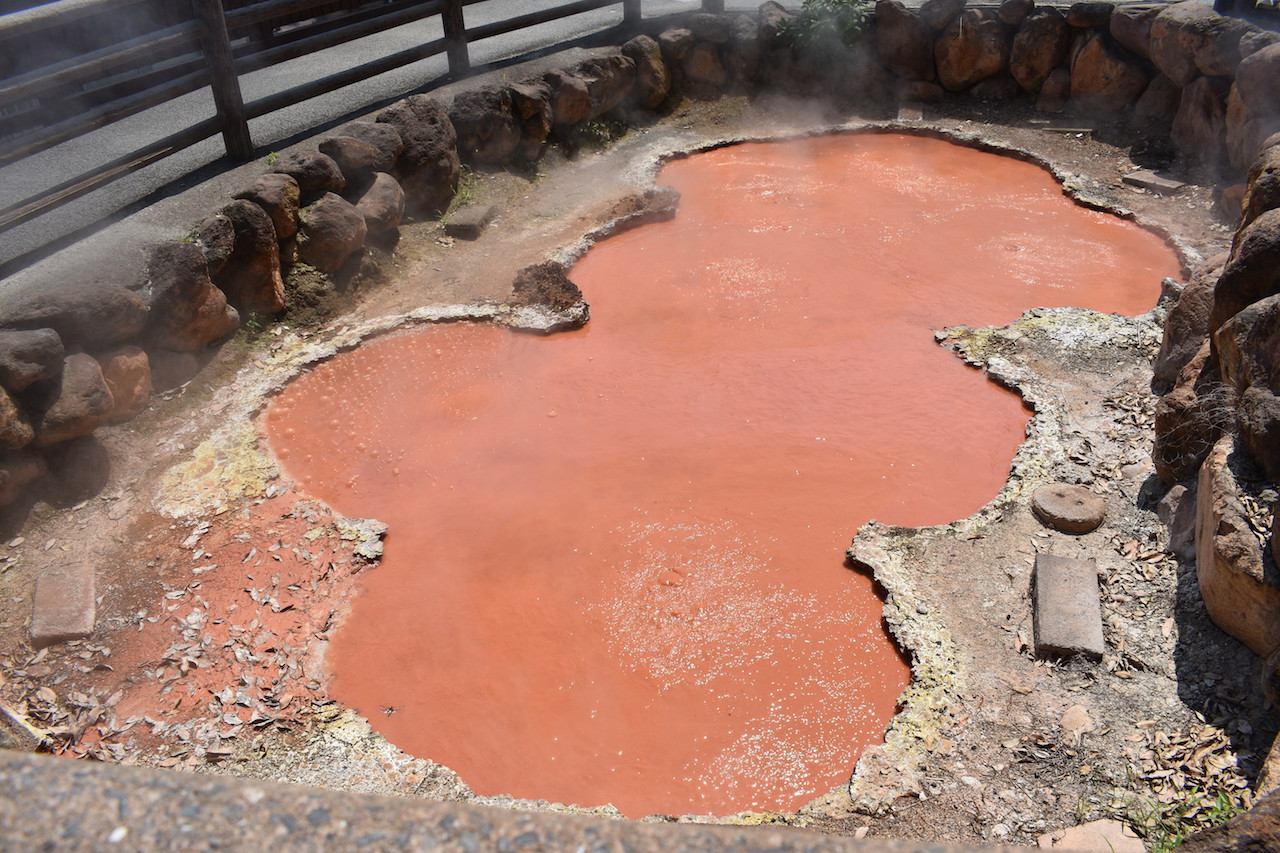

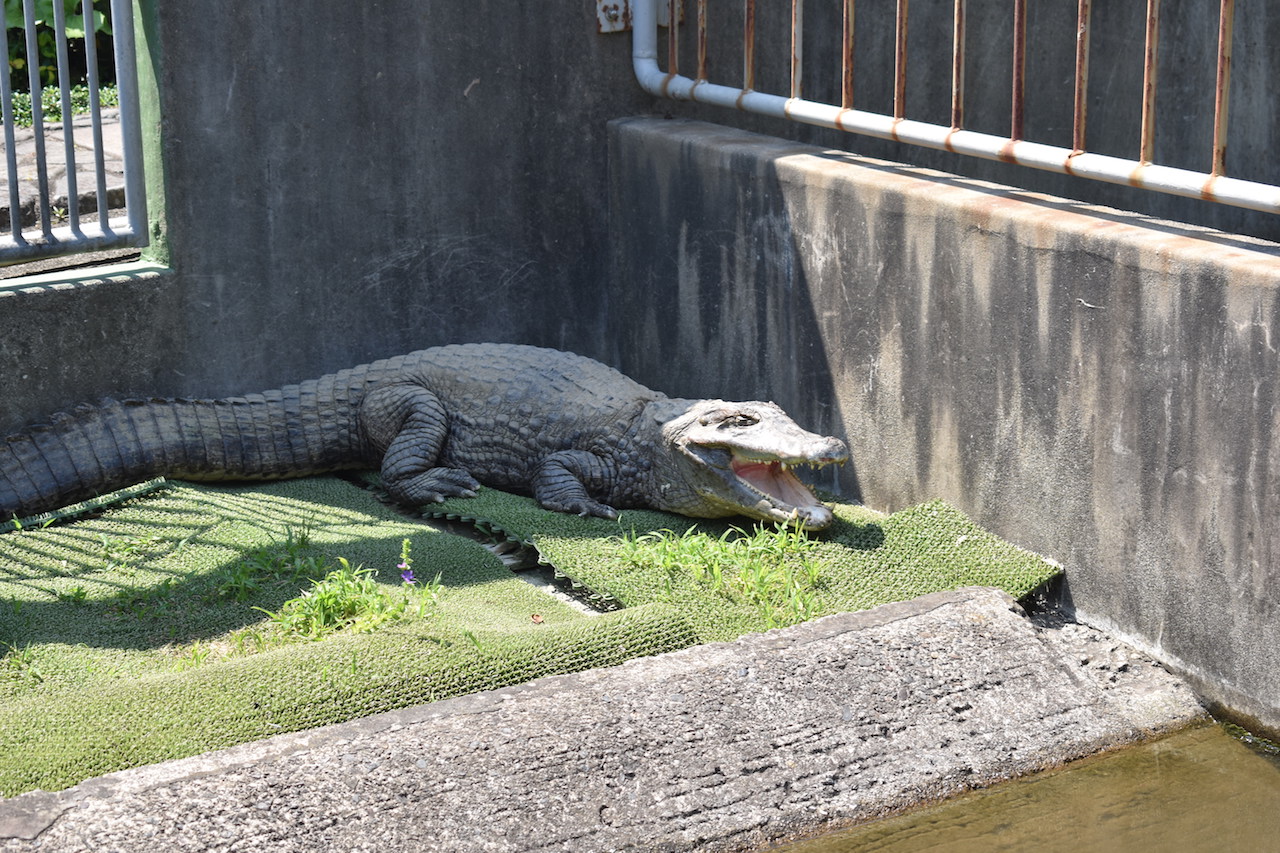
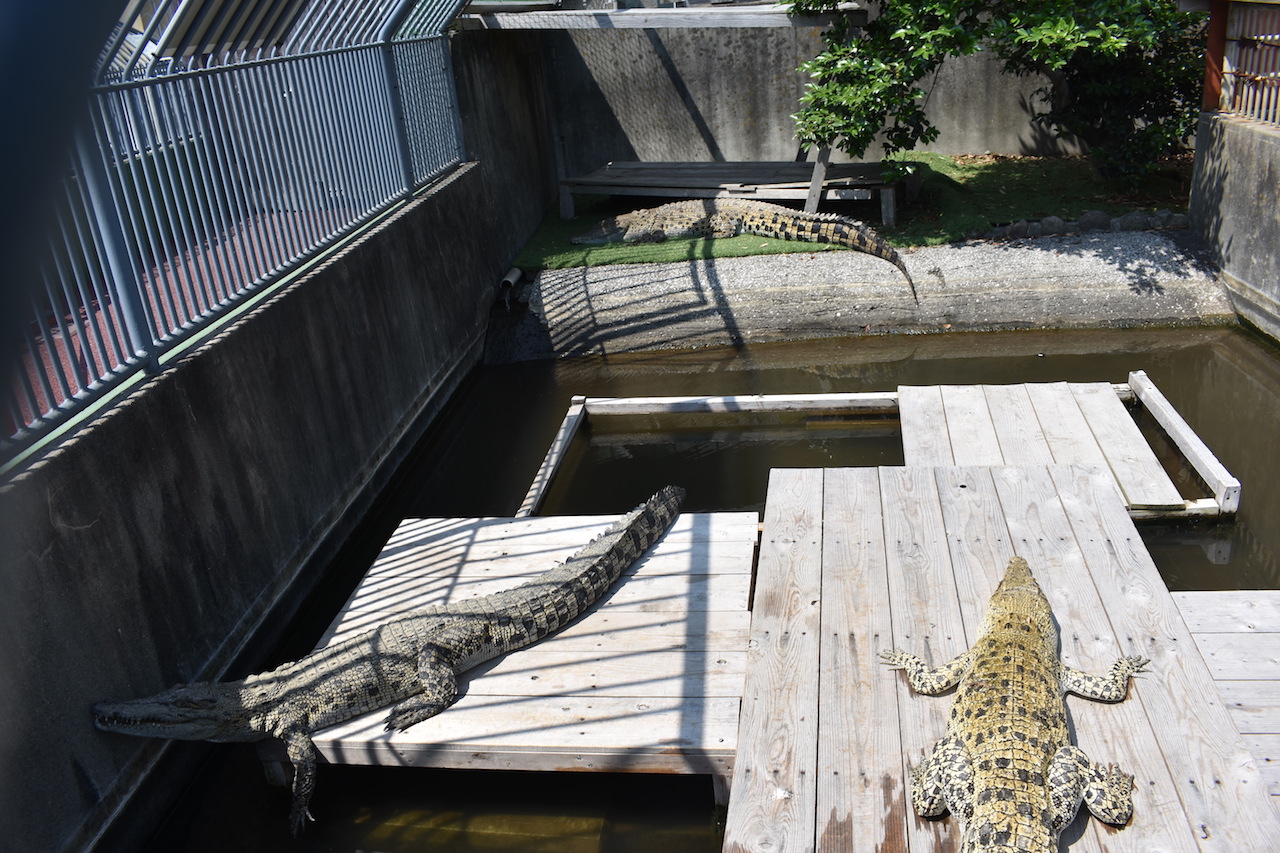









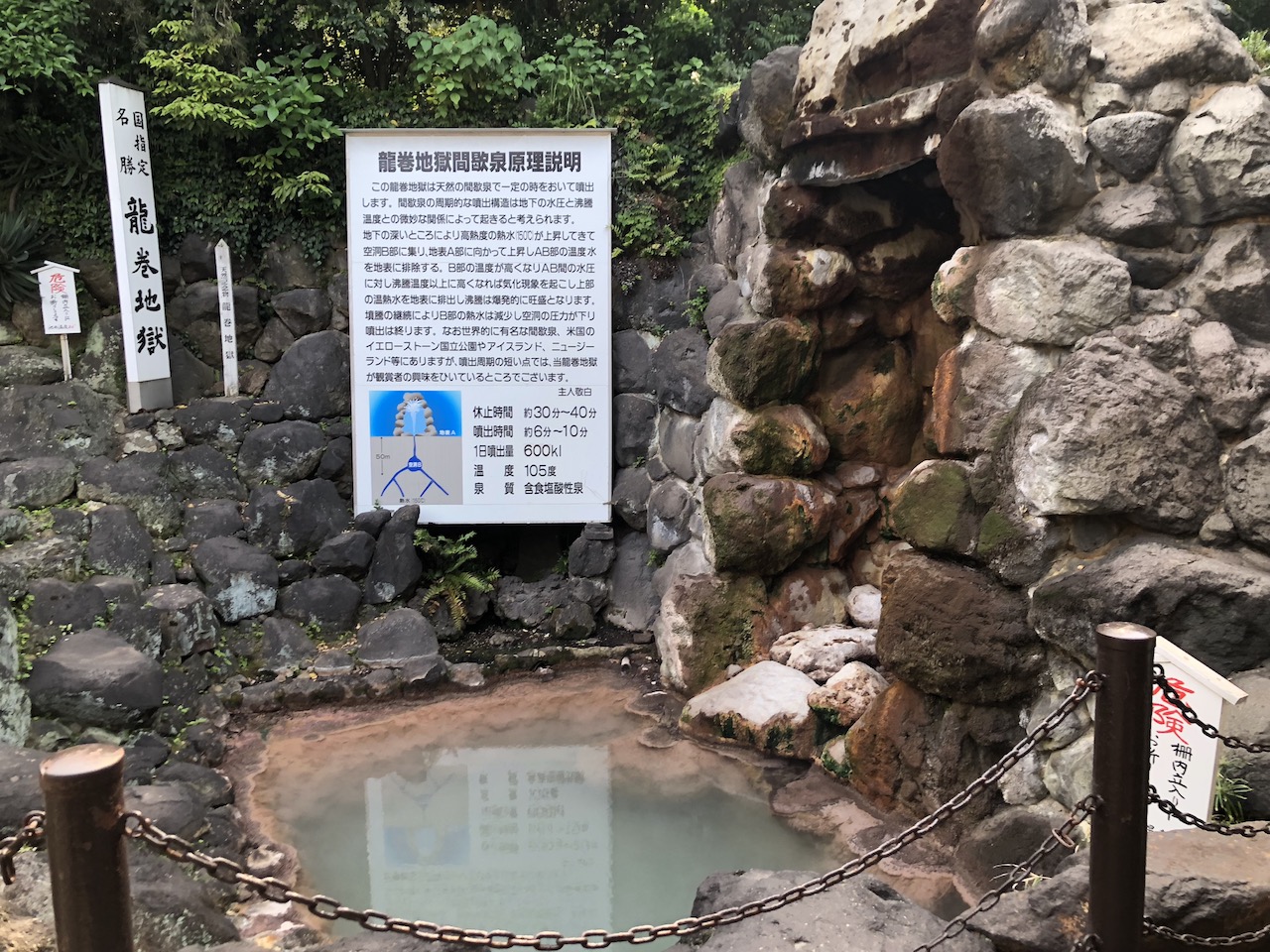



![The 7 Hells of Beppu: Everything You Need to Know [2024]](https://images.squarespace-cdn.com/content/v1/59d89989bebafb24a356f24c/1565511244078-4D8VJXEX80TSD8J0AD8L/Hell+6.JPG)
![Karuizawa Guide – Everything You Need To Know [2024]](https://images.squarespace-cdn.com/content/v1/59d89989bebafb24a356f24c/1696006937417-IYYF6107HHOE9DV2RLSL/Street+1.JPG)
![Is Beppu Worth Visiting? [2024]](https://images.squarespace-cdn.com/content/v1/59d89989bebafb24a356f24c/1656324761693-J81SBKPBCVPCEWD352IO/Umi+2.JPG)
![Kamikochi in Fall and Autumn – What Does It Look Like? [2024]](https://images.squarespace-cdn.com/content/v1/59d89989bebafb24a356f24c/1596788458276-X5MDMD62DRCUX59IA2WH/Myojin+6.JPG)
![Nachi Falls - Everything You Need To Know [2024]](https://images.squarespace-cdn.com/content/v1/59d89989bebafb24a356f24c/1592532879224-TB1G6OFOS2MXCDQWVWRZ/Nachi+Edit.png)
![Nobeoka Things To Do: Guide to Nobeoka [2024]](https://images.squarespace-cdn.com/content/v1/59d89989bebafb24a356f24c/1592911359175-ZCQ72RB80UWTS70SKA7V/Castle+2.JPG)
![Kyushu Island Itinerary [2024]](https://images.squarespace-cdn.com/content/v1/59d89989bebafb24a356f24c/1585415833673-C7U94CJ83PXEML16O6SO/Takachiho+3.JPG)
There are few places in Japan that capture the true spirit of refined tranquillity quite like KANAYA RESORT HAKONE. It’s one of Hakone’s finest resorts, combining timeless sophistication with the soul-soothing serenity of the Japanese mountains.